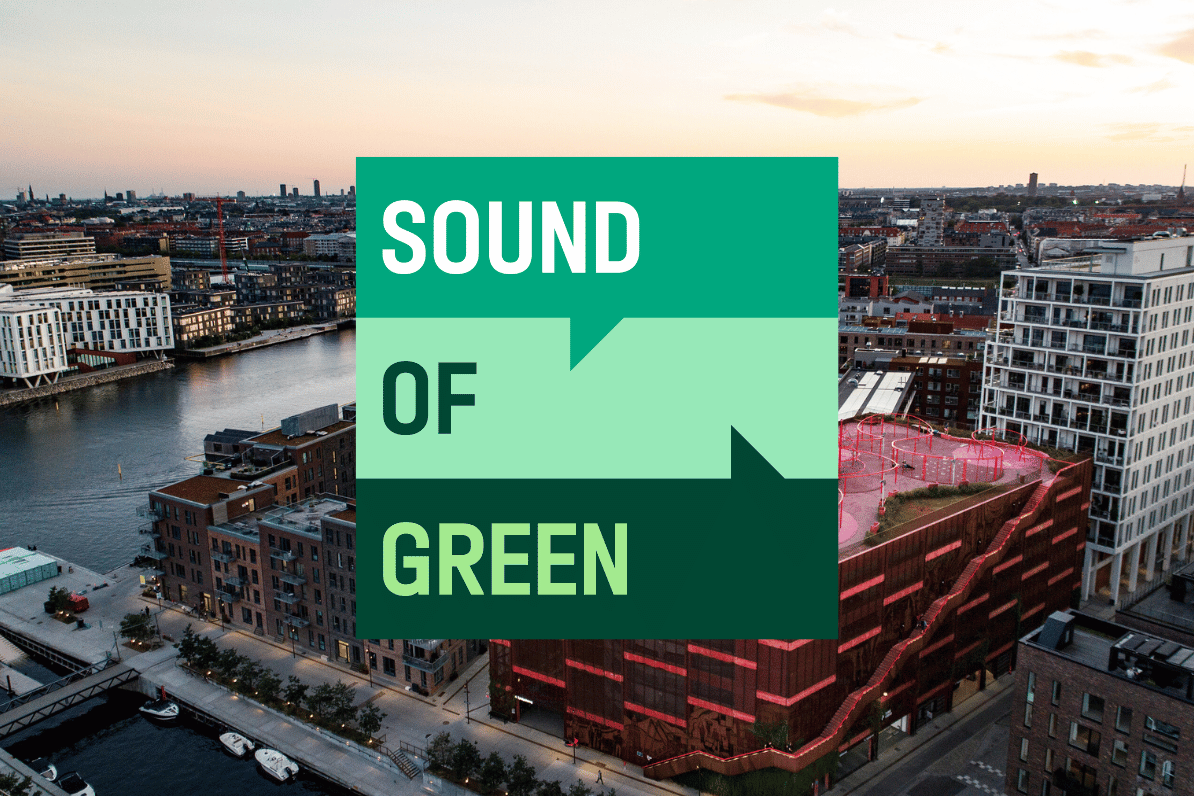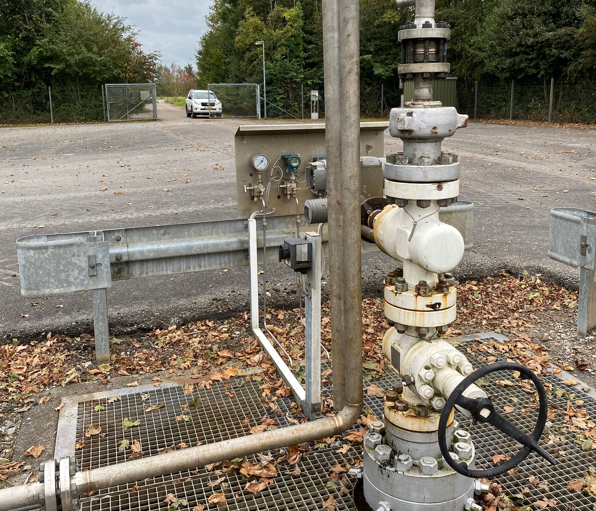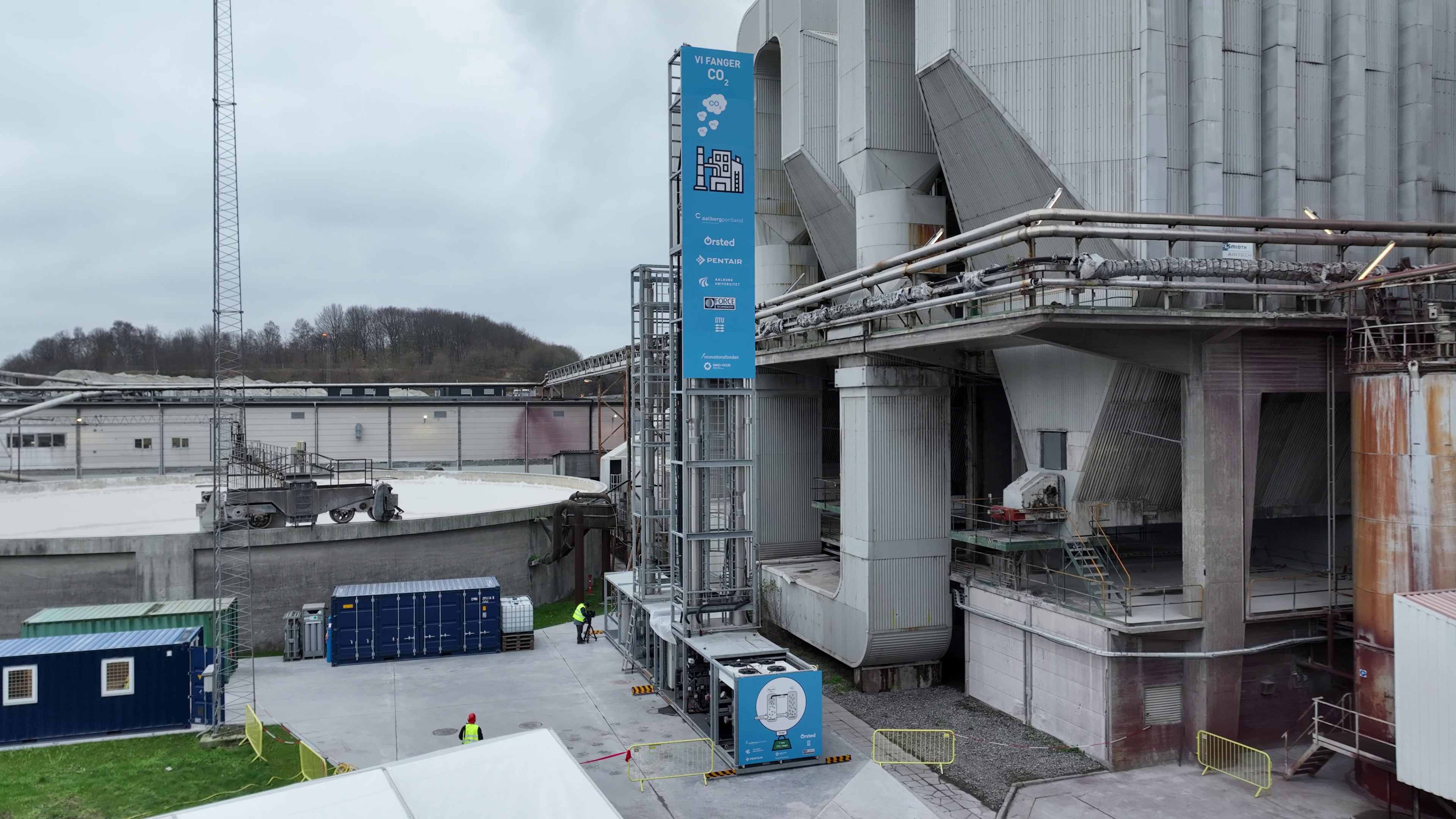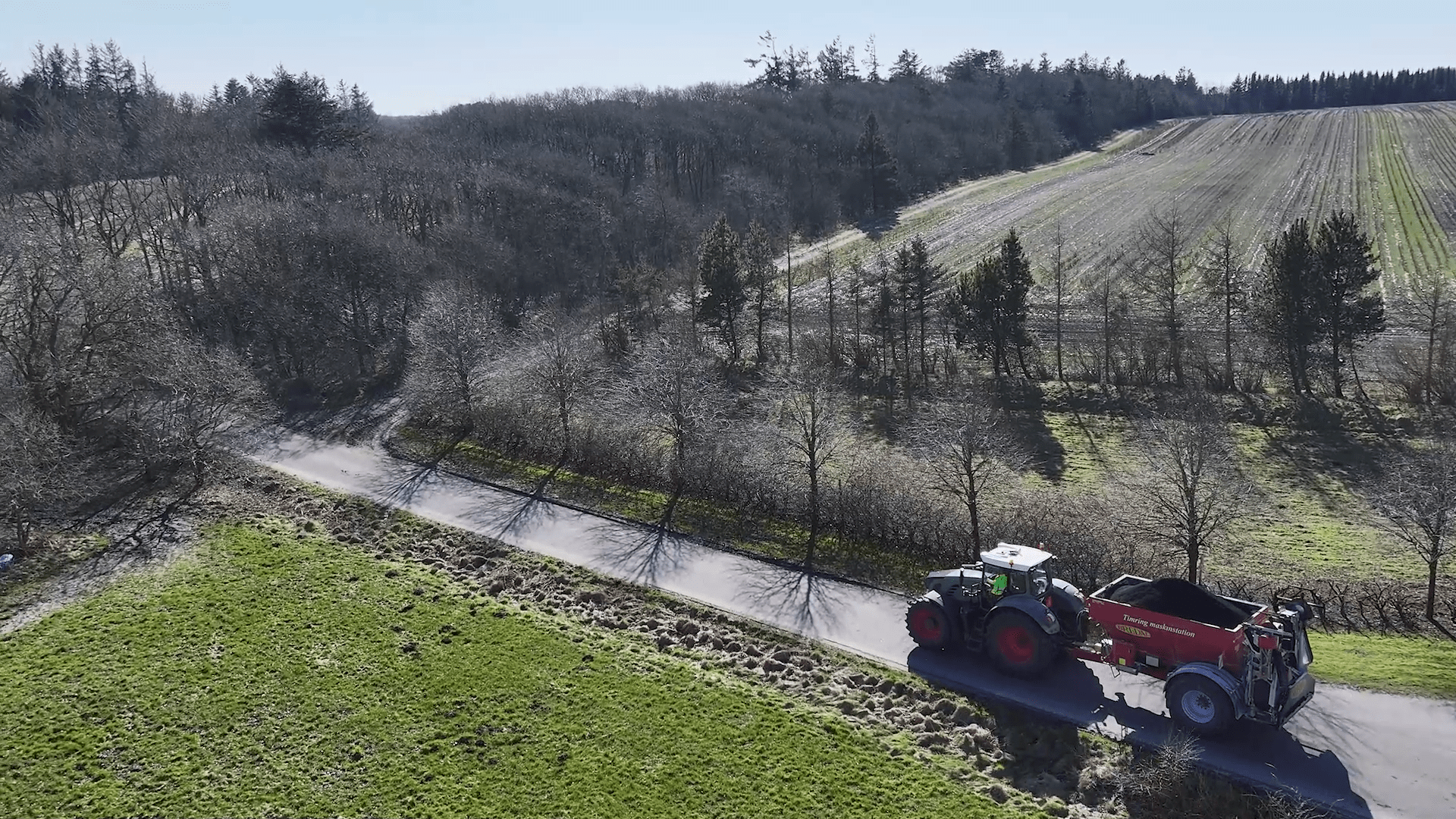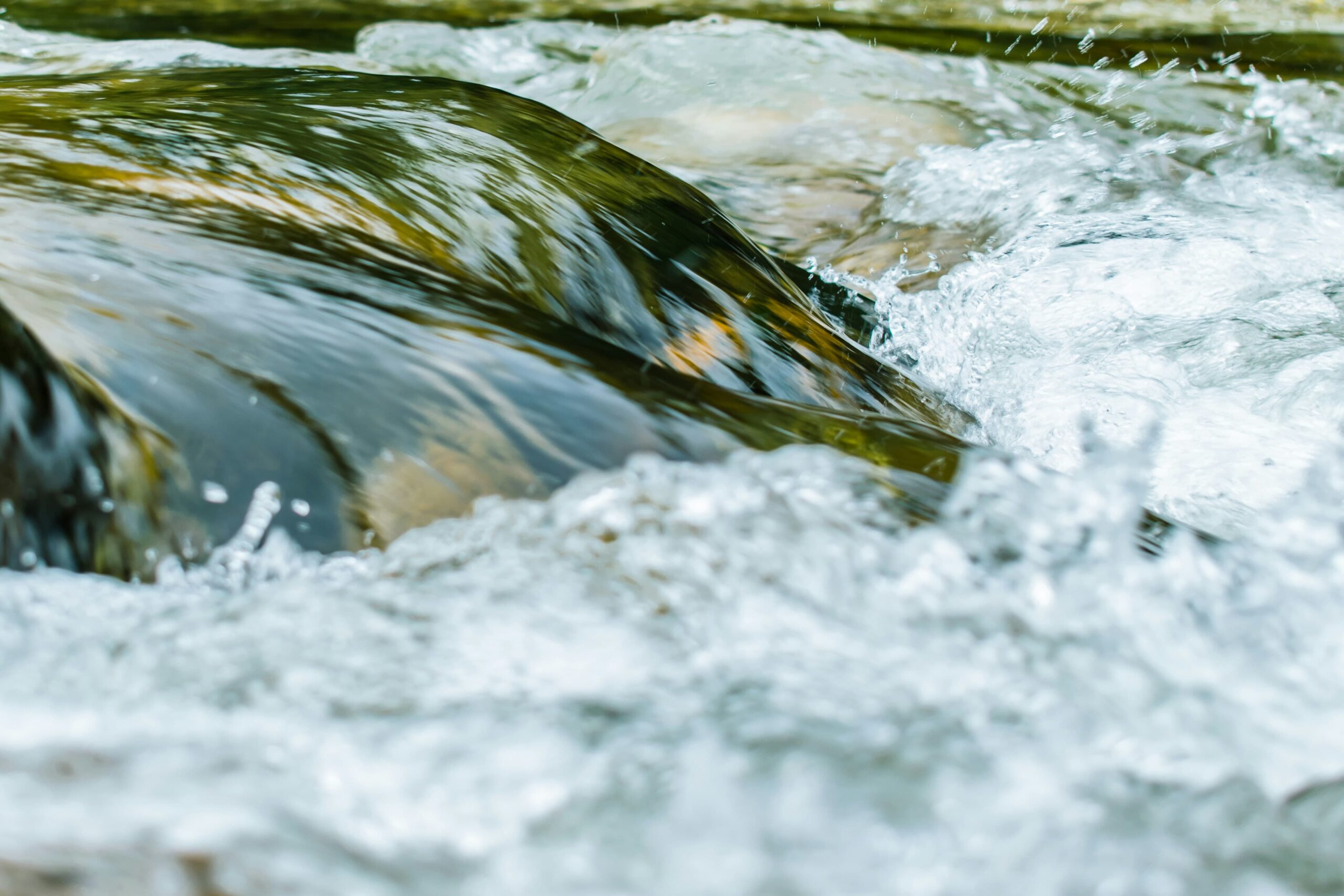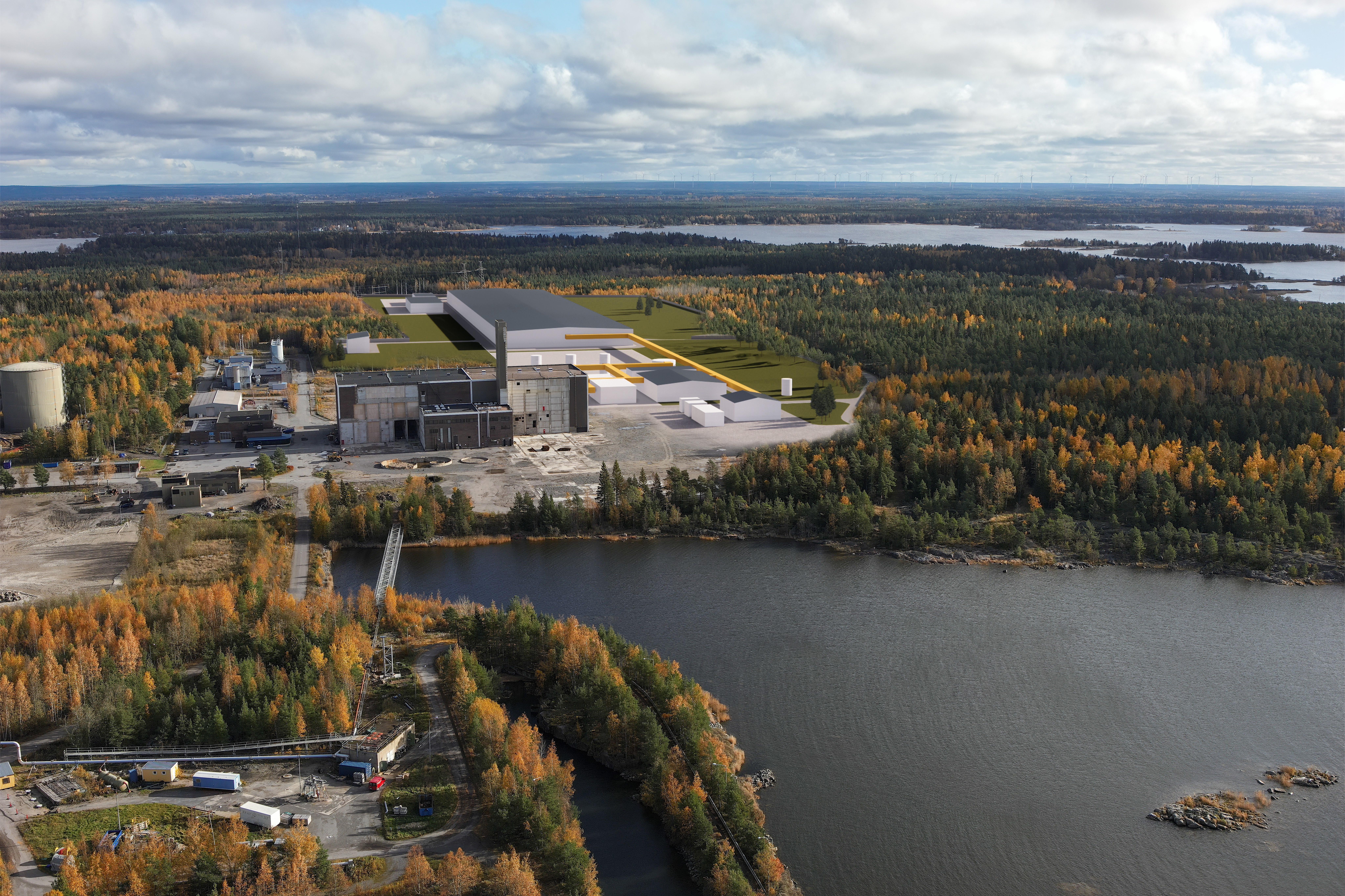News
Top 10 green news stories from the first half of 2021


1: Denmark introduces official climate-friendly dietary guidelines: For the first time ever, Denmark’s official dietary guidelines do not only guide Danes on how to eat healthier, but also on how to eat more climate-friendly. The new official dietary guidelines are part of the government’s ambition to reduce the climate footprint by 70 per cent by 2030.
2: A record year: Wind and solar supplied more than half of Denmark’s electricity in 2020: A little more than 50 per cent of Denmark’s electricity was powered by wind and solar in 2020. 2020 thereby surpassed 2019 as the greenest year ever in Danish electricity history.
3: North Sea energy island will supply green electricity to millions of household: Denmark has reached a landmark agreement on the construction of an energy hub in the North Sea. The energy hub will be an artificially constructed island 80 kilometres from the shore of the peninsula Jutland. It will be owned by a public-private partnership. The hub will strengthen the integration of Europe’s power grids and increase renewable electricity production necessary for a climate neutral Europe.
4: This is what the world’s first energy island may look like: Denmark is establishing two new energy islands off the coast of Denmark. The energy islands will be completed by 2030, and will be able to supply 5 GW of power from offshore windfarms. This is enough to meet the average electricity consumption of 5 million households. New visualisations reveal what the larger of the two islands may look like.
5: The Danish water sector expects to be climate positive by 2030: Danish water suppliers and wastewater utilities are exceeding the climate ambitions and expect to be climate positive before the initial 2030-target.
6: Denmark puts an end to free plastic bags: From 1 January 2021, Danish citizens must pay a minimum of 4 kroner (EUR 0.54) for a plastic carrier bag. At the same time, lightweight plastic bags will be banned. This is part of the Danish government’s strategy to bring down the consumption of plastic carrier bags and increase recycling.
7: Europe’s largest PtX facility to be built in Esbjerg, Denmark: Copenhagen Infrastructure Partners plans to build Europe’s so far largest Power-to-X-facility in Esbjerg, Denmark. A green investment of EUR 1 billion that will help convert power from offshore wind turbines to green ammonia for the agriculture industry, district energy for Esbjerg households and green fuel for the shipping industry.
8: Danish researcher captures CO2 with mineral: "The theoretical potential is enormous: The mineral olivine is able to capture large quantities of atmospheric CO2 and could help emitters reduce their climate footprint, says geologist Kristoffer Szilas, who is now starting a big research project to explore the matter.
9: New technology can halve agriculture's climate impact and introduce greener air travel: Danish researchers have found that agriculture can reduce its greenhouse gas emissions by 50 per cent using the new SkyClean technology. At the same time, we can introduce "climate neutral aviation fuel". Now, a new report shows that SkyClean is likely to be cheaper for society – also cheaper than other technologies with a comparable potential.
10: Maersk will launch the world’s first carbon neutral container ship by 2023: A.P. Møller-Mærsk, the largest container shipping company in the world, will put the first ever carbon-neutral container ship to sea by 2023. This is seven years ahead of plan.
You should consider reading
solutions
Carbon capture, storage and utilisation
+1
Monitoring the depths: Research project ensures safety at Denmark’s first onshore CO2 storage facility
30 April 2024solutions
Carbon capture, storage and utilisation
+6
CORT: Improving the efficiency of carbon capture technologies
30 April 2024solutions
Carbon capture, storage and utilisation
+5
